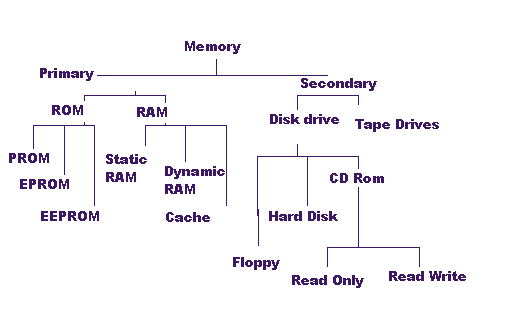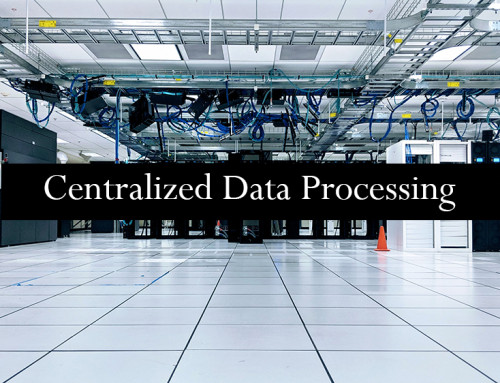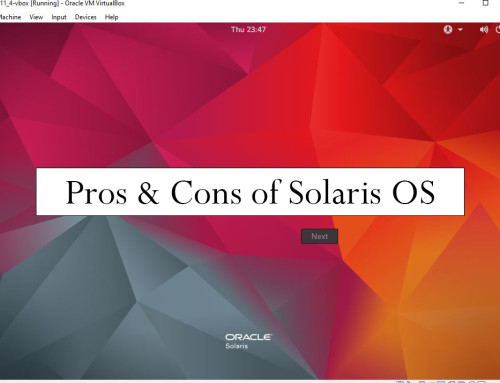What is computer memory
Computer memory is a physical device on which data is stored temporarily or permanently. All the images, videos, documents that we open in our computer is stored in memory and then processed by the CPU (central processing unit). Data on the computer is stored in 0 or 1 form. There are some terms used in a computer that are related to memory.
Bit:
The bit is the smallest unit of storage. It has either a value of 0 or 1.
Byte:
8 bits = 1 byte. This is unit of measurement used to store data.
Similarly, there are other units of calculating storage of data.
1kb (KiloByte) = 1024 Bytes
1mb (MegaByte) = 1024 kb
1gb (GigaByte) = 1024 MB
1tb (TeraByte) = 1024 GB
How to clear computer memory
All the programs running in the computer are temporarily stored in main memory and processed by the processor. To free the memory space you need to close the program and that will remove that program from the memory. Sometimes programs stop working on the computer and computer become unresponsive. The reason for the unresponsive computer is that your computer memory is less than the programs loaded in the memory. Suppose you have 1 GB of RAM (Random access memory) and your programs need more memory for processing, in this case, your computer becomes unresponsive. To solve this problem you need to upgrade your RAM to higher capacity like 2gb or 4gb of RAM.
Nowadays most software needs higher RAM. There is two type of computer architecture used. One is 32 bit and the second is 64 bit. In 32 bit operating system you can use 2 GB of RAM while in the 64-bit operating system you can use as much RAM as you want. Also, the 32-bit computer can process 4 bytes at a time while a 64-bit computer can process 8 bytes at a time.
Types of computer memory
Computer memory is broadly categorized into two types. One is volatile memory and other is a non-volatile memory. In volatile memory, data is saved in memory as long as your computer is running and data is lost when the computer is shut down. Non-volatile memory is that in which data is saved in memory even after the computer is shut down.
Below are some types of computer memory
RAM (Random access memory):
Ram is a volatile memory and is also known as main memory or primary memory. Larger programs running on the computer need high Ram for smooth running on the computer. Some software also mentions specification that you will need 4 GB or high RAM to install the software. Graphics and animation software requires high RAM. Data is stored in RAM for a small time as long as the program is running.
There are two types of RAM. One is called DRAM and other is called SRAM. Let us discuss these.
DRAM (Dynamic random access memory):
DRAM has the following features:-
- It is slower than SRAM
- DRAM can store many bits than SRAM
- It generates less heat
- DRAM is used for main memory
- It needs to recharge every few seconds to keep flowing data in and out of memory.
- It is made of tiny capacitors which store the value in the form of 0 and 1.
- DRAM is inexpensive than SRAM
- It uses less electricity to run
SRAM (Static random access memory):
SRAM features are described below:-
- It is made of circuits like D flip-flops
- SRAM is expensive than a DRAM
- It is used as a cache. Cache is used for faster transfer to data from main memory (RAM) to processor.
- It uses more power than a DRAM
- It generates more heat than a DRAM
- SDRAM retains the data as long as power is supplied to it
- It stores fewer bits as compared to DRAM
- It is faster than a DRAM
ROM (Read-only memory):
ROM is a type of memory in which data is written the first time and then it can be read by the computer many times. It is a type of non-volatile memory. Example of ROM is CD, DVD, BIOS etc.
There are three types of ROM i.e. PROM, EPROM and EEPROM.
PROM (Programmable read-only memory)
Example of PROM is burning (writing) of CD or DVD at home with the help of CD/DVD writer. In PROM data is first written and then cannot be changed by the user.
EPROM (Erasable programmable read-only memory)
This type of memory has a window at the top. Data on this memory is erasable and can be rewritten. The data is erased on this memory with the help of ultraviolet light.
EEPROM (Electrically erasable programmable read-only memory)
This is a type of read-only memory in which data is electronically erased by pulsed voltage. Data on this memory can be reprogrammed when needed.
Until now we have discussed primary memory (RAM). Now let us know about secondary memory. Secondary memory is a non-volatile memory and its data transfer speed is low than primary memory. There are a few types of secondary memory which are explained below.
Hard drive:
Hard drive or hard disk is a secondary memory which is relatively faster than other types of secondary devices like floppy disk. The hard disk is made up of magnetic plates and reads head. Data is stored on the hard drive in the form of 0 and 1. To read data from the hard drive, magnetic plates are rotated at very high speed and the read head is moved. To read and write data, plates are rotated at the speed of 3600 revolutions per second. Hard drives come in different storage capacity e.g. 40 GB, 80 GB, 250 GB, 500 GB, 1 TB, 2 TB, 4 TB and higher. The hard drive is inexpensive to store large data as compared to primary memory. Data is not directly transferred to the processor but through primary memory (RAM) and cache.
Flash Memory:
Flash memory is made with floating transistors. It is now commonly used with all digital devices like computers, mobiles, PDA (personal digital assistants), digital camera, SSD (solid-state device) and digital audio players. Flash memory has two main types. One is pen drive also known as a USB device. And other is a memory card that is often used in digital cameras and mobile phones as extended memory. Flash memory uses direct access and is faster than a hard drive. Flash memory is a non-volatile memory that can sustain high heat also.





